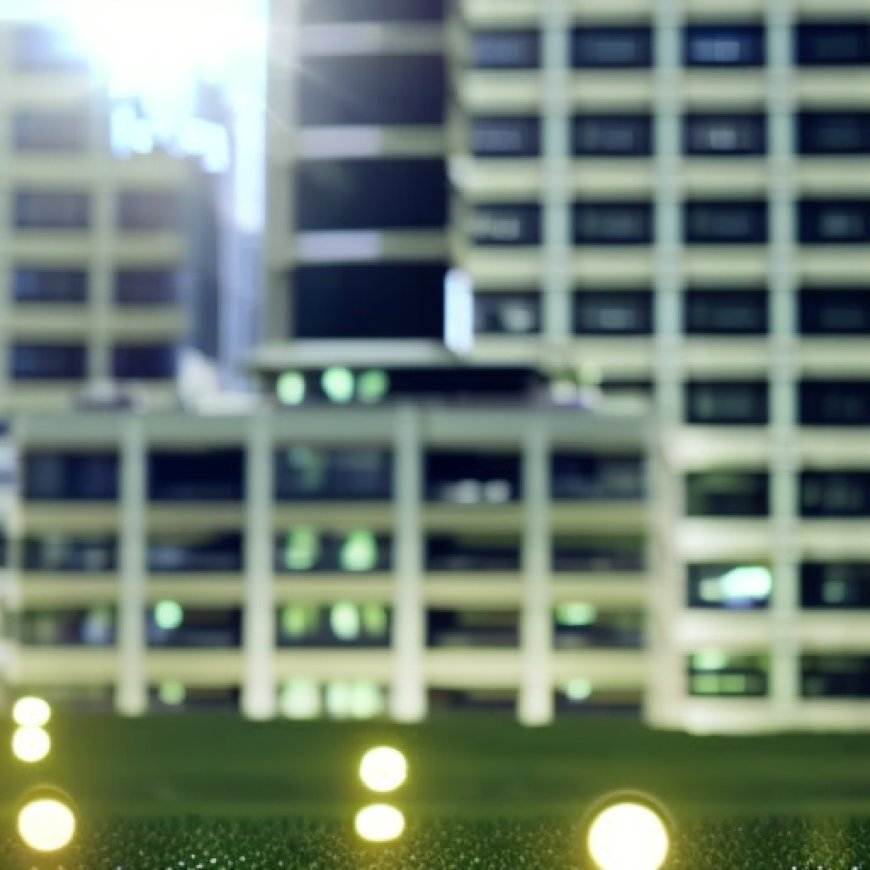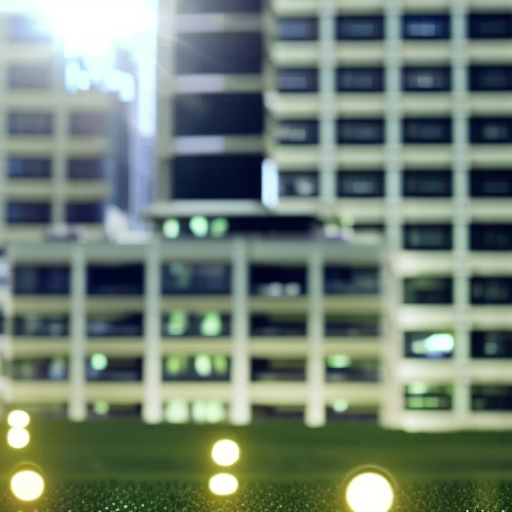Working in the World’s Most Sustainable Buildings Is Good for Employee Morale and for Business
Working in the World’s Most Sustainable Buildings Is Good for Employee Morale and for Business Yahoo Finance


Working in the World’s Most Sustainable Buildings Is Good for Employee Morale and for Business
Companies that invest in green buildings not only save money, improve efficiency, and lower carbon emissions, they also create healthier places for people.
The Impact of Green Buildings on Employee Health and Productivity
According to a study by the American Journal of Public Health, employees who moved from conventional offices to buildings rated for Leadership Energy Environmental Design (LEED) reported a reduction in absenteeism, depression, and stress levels as well as an increase in their sense of happiness.
LEED certification, developed by the U.S. Green Building Council (USGBC), is a globally recognized symbol of sustainability. It provides third-party verification that a building was built to address energy savings, water efficiency, CO2 emissions reduction, and indoor environmental quality. LEED takes a holistic approach, considering all critical elements that contribute to creating the best building possible for the people who work there and their visitors.
SAP’s Commitment to Sustainable Buildings
SAP, a global company, has prioritized sustainability in its building design. For example, its Americas headquarters in Newtown Square, Pennsylvania, was awarded LEED Platinum level in 2011. The building incorporates intelligent design features such as an integrated sensor system and exterior shading devices to optimize lighting and temperature control. It also utilizes a hybrid air conditioning system that produces ice during off-peak hours for cooling.
SAP’s commitment to sustainability extends to its other locations as well. The SAP Labs Latin America building in Brazil received LEED Gold certification and is surrounded by lush forests. The building integrates workspaces with nature through floor-to-ceiling glass exteriors, green roofs, and natural light.
The SAP Labs India location in Bangalore, also LEED Gold certified, underwent a complete overhaul to create a sustainable workspace suitable for flexible working. The building reflects the diversity of India and incorporates courtyards, social spaces, and discussion pockets to promote collaboration and community.
SAP’s Role as an Exemplar of Sustainability
SAP aims for a minimum of LEED Silver standard for new buildings worldwide. By investing in sustainable buildings, SAP not only reduces energy costs and emissions but also creates a welcoming environment for its employees. SAP sees itself as an enabler and exemplar of sustainability, showcasing the environmental advantages of green buildings to its customers and demonstrating its commitment to reducing its carbon footprint.
Conclusion
SAP’s focus on sustainable buildings aligns with the Sustainable Development Goals (SDGs), particularly Goal 11: Sustainable Cities and Communities. By investing in green buildings, SAP contributes to creating healthier and more sustainable environments for its employees and sets an example for other companies to follow.
For more information on how SAP helps companies achieve their sustainability goals, visit sap.com/sustainability.
SDGs, Targets, and Indicators Analysis
1. Which SDGs are addressed or connected to the issues highlighted in the article?
- SDG 3: Good Health and Well-being
- SDG 7: Affordable and Clean Energy
- SDG 9: Industry, Innovation, and Infrastructure
- SDG 11: Sustainable Cities and Communities
- SDG 13: Climate Action
- SDG 15: Life on Land
The article discusses the benefits of green buildings on employee health and well-being, energy efficiency, sustainability, and environmental quality. These issues are directly connected to the SDGs mentioned above.
2. What specific targets under those SDGs can be identified based on the article’s content?
- SDG 3.4: By 2030, reduce by one-third premature mortality from non-communicable diseases through prevention and treatment and promote mental health and well-being.
- SDG 7.2: By 2030, increase substantially the share of renewable energy in the global energy mix.
- SDG 9.4: By 2030, upgrade infrastructure and retrofit industries to make them sustainable, with increased resource-use efficiency and greater adoption of clean and environmentally sound technologies and industrial processes.
- SDG 11.3: By 2030, enhance inclusive and sustainable urbanization and capacity for participatory, integrated, and sustainable human settlement planning and management in all countries.
- SDG 13.2: Integrate climate change measures into national policies, strategies, and planning.
- SDG 15.9: By 2020, integrate ecosystem and biodiversity values into national and local planning, development processes, poverty reduction strategies, and accounts.
Based on the article’s content, these specific targets are relevant to the issues discussed.
3. Are there any indicators mentioned or implied in the article that can be used to measure progress towards the identified targets?
- Reduction in absenteeism, depression, and stress levels
- Energy efficiency improvements
- Water management and conservation
- Reduction in carbon footprint
- Use of sustainable materials
- Percentage of car fleet running on electric vehicles
These indicators mentioned in the article can be used to measure progress towards the identified targets.
Table: SDGs, Targets, and Indicators
| SDGs | Targets | Indicators |
|---|---|---|
| SDG 3: Good Health and Well-being | Target 3.4: By 2030, reduce by one-third premature mortality from non-communicable diseases through prevention and treatment and promote mental health and well-being. | – Reduction in absenteeism, depression, and stress levels |
| SDG 7: Affordable and Clean Energy | Target 7.2: By 2030, increase substantially the share of renewable energy in the global energy mix. | – Energy efficiency improvements |
| SDG 9: Industry, Innovation, and Infrastructure | Target 9.4: By 2030, upgrade infrastructure and retrofit industries to make them sustainable, with increased resource-use efficiency and greater adoption of clean and environmentally sound technologies and industrial processes. | – Use of sustainable materials |
| SDG 11: Sustainable Cities and Communities | Target 11.3: By 2030, enhance inclusive and sustainable urbanization and capacity for participatory, integrated, and sustainable human settlement planning and management in all countries. | – Water management and conservation |
| SDG 13: Climate Action | Target 13.2: Integrate climate change measures into national policies, strategies, and planning. | – Reduction in carbon footprint |
| SDG 15: Life on Land | Target 15.9: By 2020, integrate ecosystem and biodiversity values into national and local planning, development processes, poverty reduction strategies, and accounts. | – Percentage of car fleet running on electric vehicles |
Behold! This splendid article springs forth from the wellspring of knowledge, shaped by a wondrous proprietary AI technology that delved into a vast ocean of data, illuminating the path towards the Sustainable Development Goals. Remember that all rights are reserved by SDG Investors LLC, empowering us to champion progress together.
Source: finance.yahoo.com

Join us, as fellow seekers of change, on a transformative journey at https://sdgtalks.ai/welcome, where you can become a member and actively contribute to shaping a brighter future.







